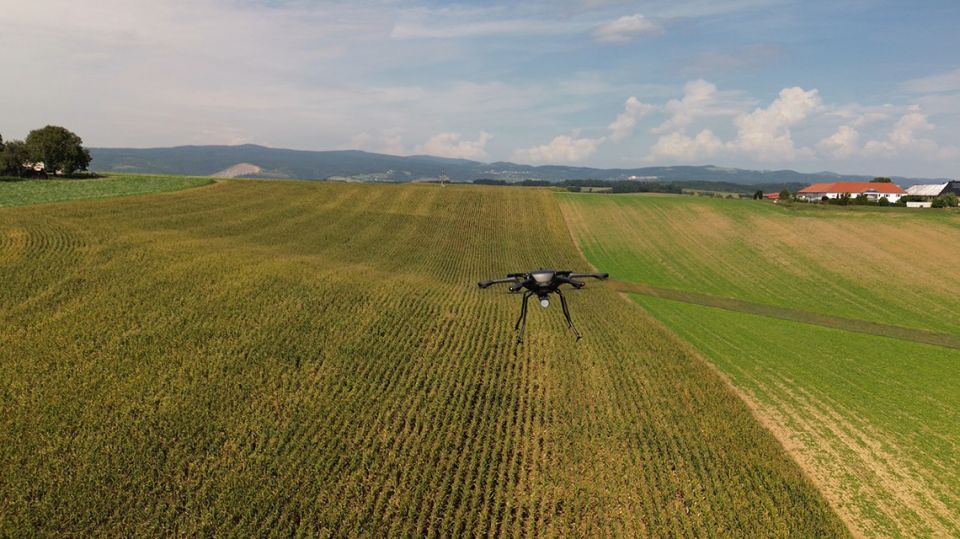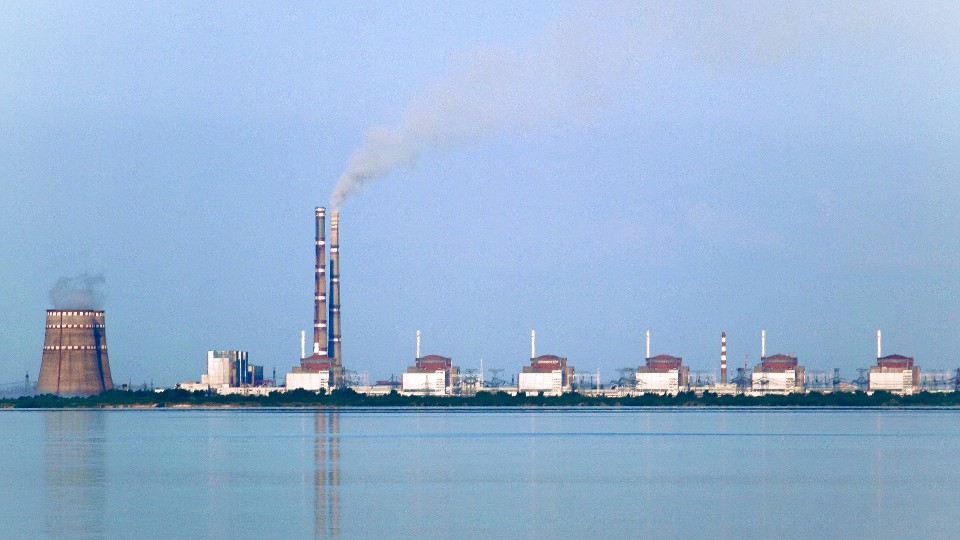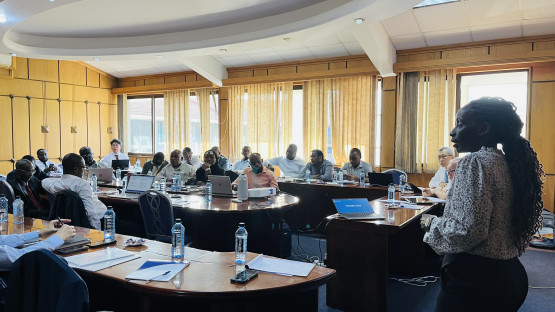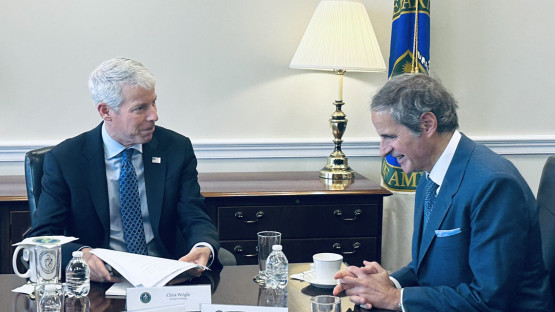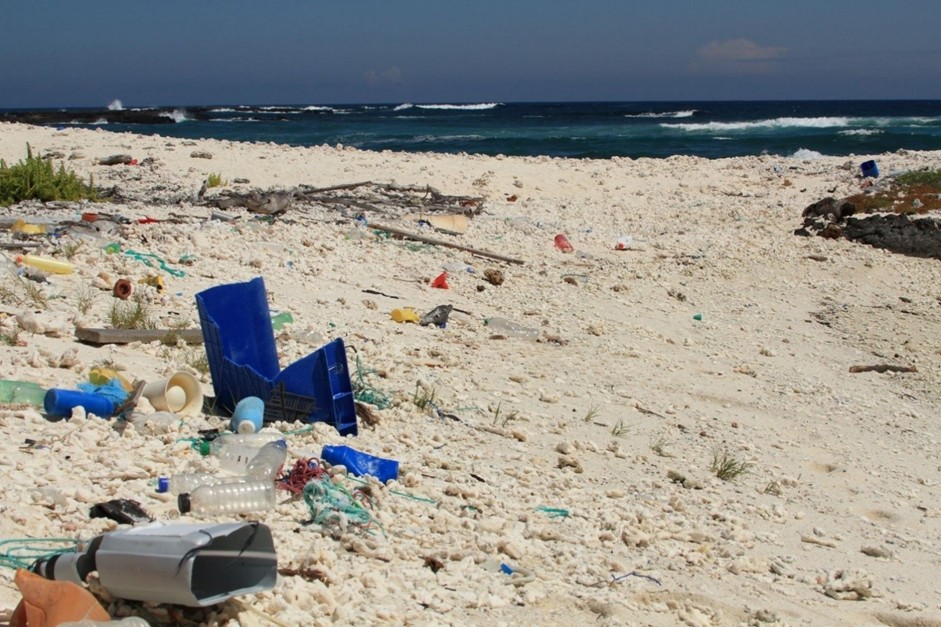IAEA chief: Situation at Ukraine plant remains “fragile”
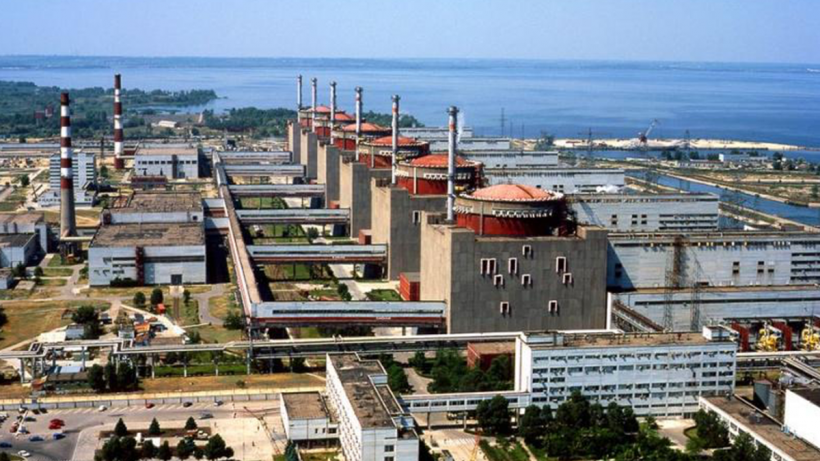
Recent staff cuts at Ukraine’s Zaporizhzhia nuclear power plant (ZNPP) are raising concerns among international nuclear watchdogs.
Ahead of his visit to the plant on February 7, International Atomic Energy Agency director general Rafael Mariano Grossi told the Associated Press that he will focus on the impact of personnel reductions, especially while Russia has denied access to employees of Ukraine’s nuclear operator, Energoatom.



